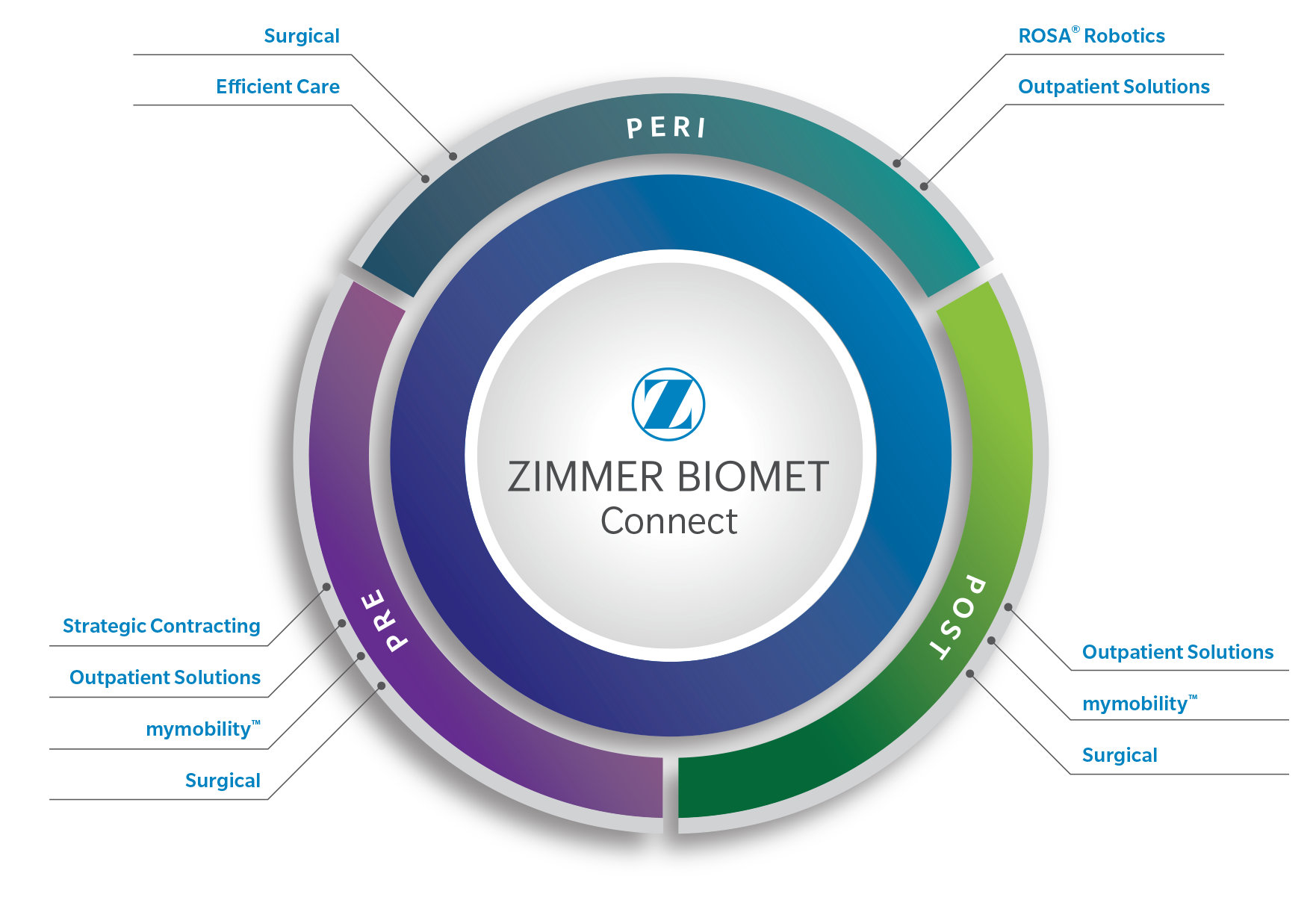Literature has shown partial knee outpatient surgery can facilitate the following, compared to TKA:
- Faster Recovery1
- Fewer perioperative complications2
- Higher patient satisfaction1,2
Zimmer Biomet is the leading company in partial knee arthroplasty (PKA)3 with over 40 years’ experience, offering a comprehensive range of anatomic and innovative solutions:
- The Oxford® Partial Knee System**, the most clinically proven4,5 and widely used3 partial knee in the world
- The Gender Solutions® Patello-Femoral Joint System, designed to address the anatomic differences among men and women
- And now the Persona® Partial Knee, the next era in personalization providing compartment-specific shapes, precise and efficient instrumentation, and a an ergonomic spacer block technique with fewer steps*
Research shows that surgeons utilizing PKA for at least 20% of their annual knee arthroplasties experienced a significant decrease in their revision rate.6 One study indicated that almost 50% of knee arthroplasty patients are candidates for PKA.7
In fact, a study by Badawy, M. et al. found a lower risk of revision in hospitals performing more than 40 PKAs per year compared to those performing under 10 PKAs per year.8
After one year, a randomized, controlled study also showed that significantly more PKA patients would choose to have their operation again, compared to TKA patients.9
Other benefits of PKA vs TKA include retention of the ACL, which is reported to result in improved proprioception10,11 better range of motion12,13 procedural savings7, shorter hospital stays14 and a lower risk of postoperative complications15.





